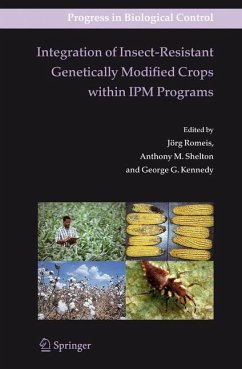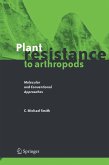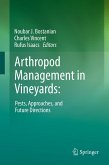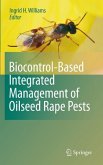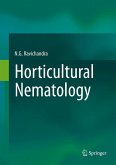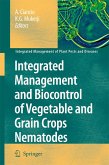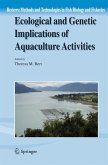Dieser Download kann aus rechtlichen Gründen nur mit Rechnungsadresse in A, B, BG, CY, CZ, D, DK, EW, E, FIN, F, GR, HR, H, IRL, I, LT, L, LR, M, NL, PL, P, R, S, SLO, SK ausgeliefert werden.
"The book has 14 Chapters contributed by 42 authors. ... Each chapter is supported by an extensive list of references. This excellent book will surely contribute to a rational debate about the role of GM technology in crop production when a growing human population is demanding an improvement in food production. It should be read by all those involved in the debate ... ." (Graham Matthews, Crop Protection, Issue 1, 2008)

